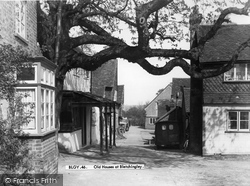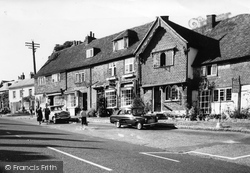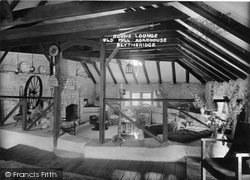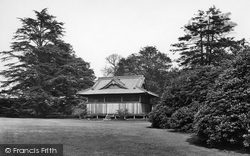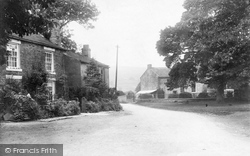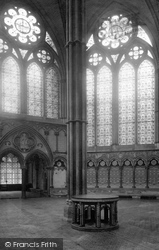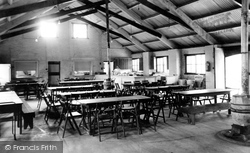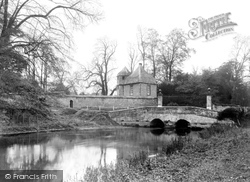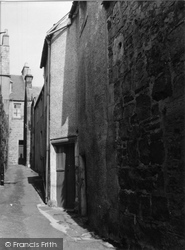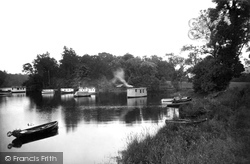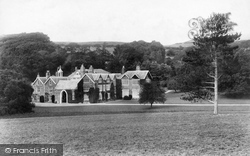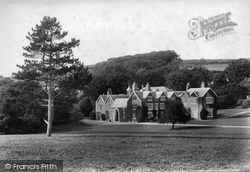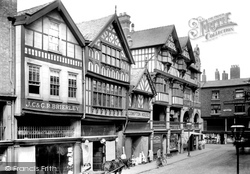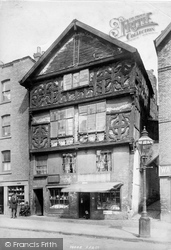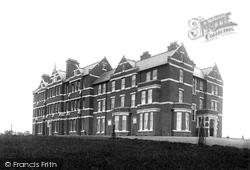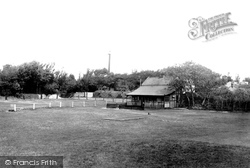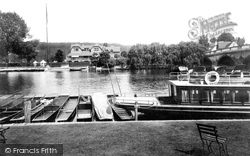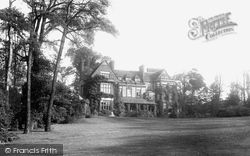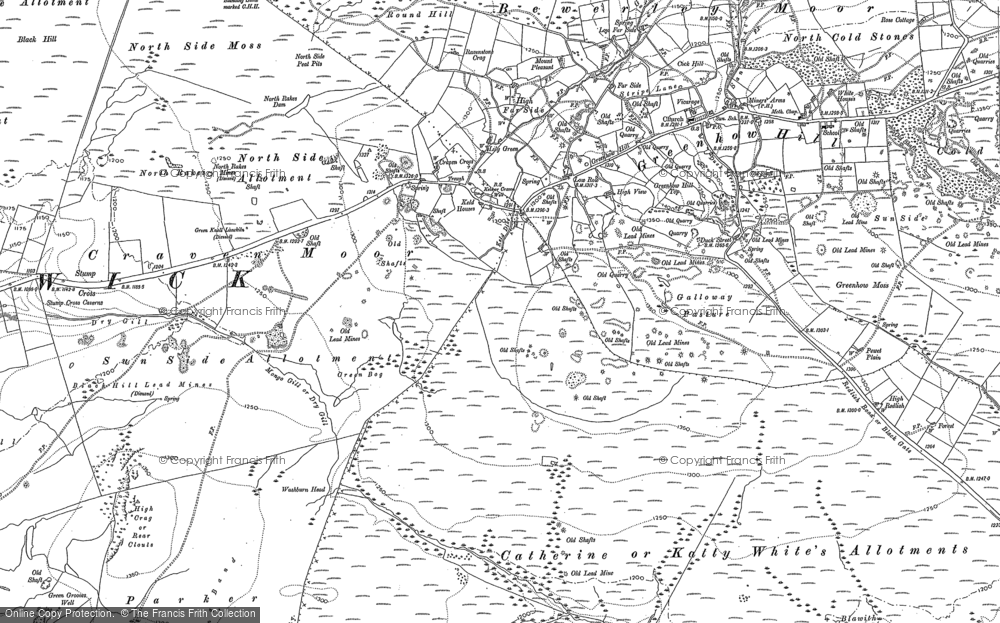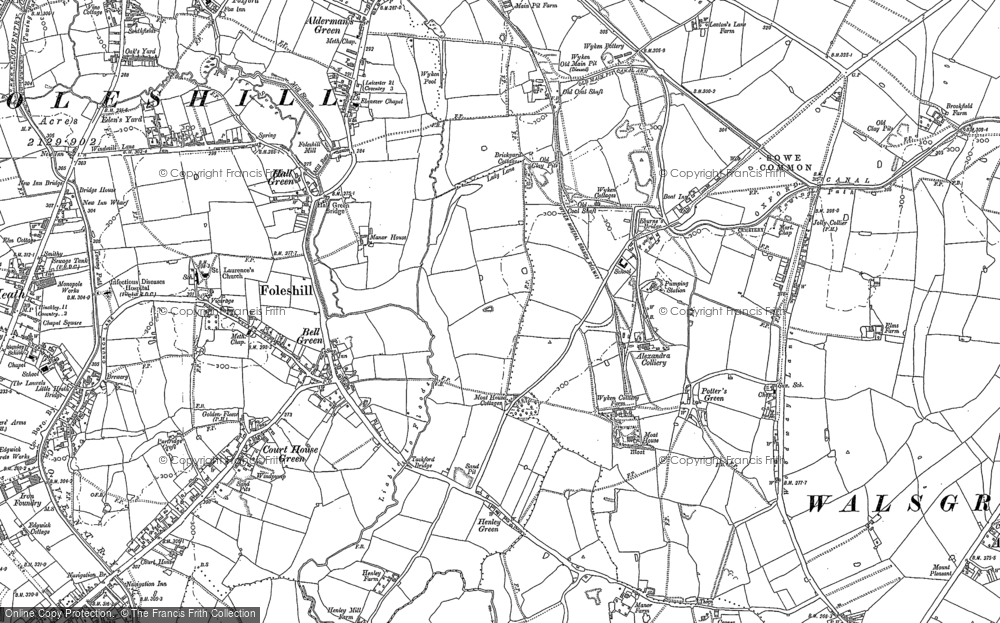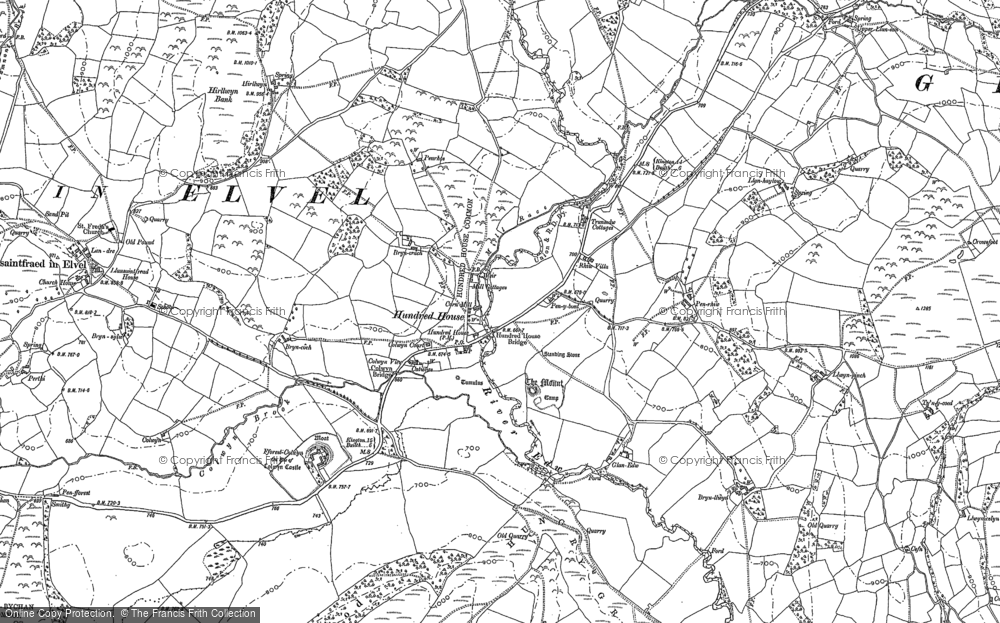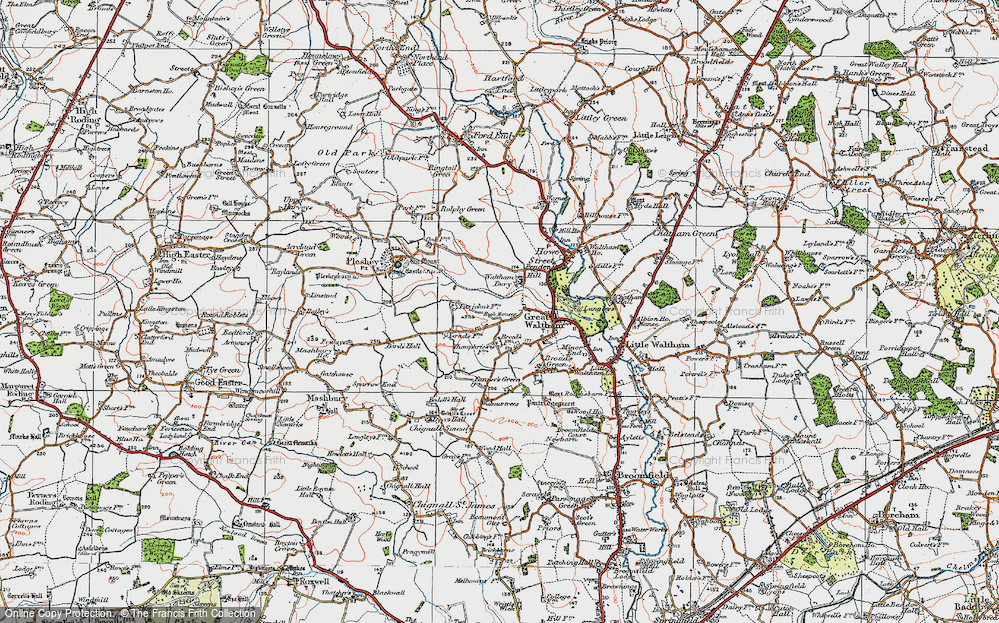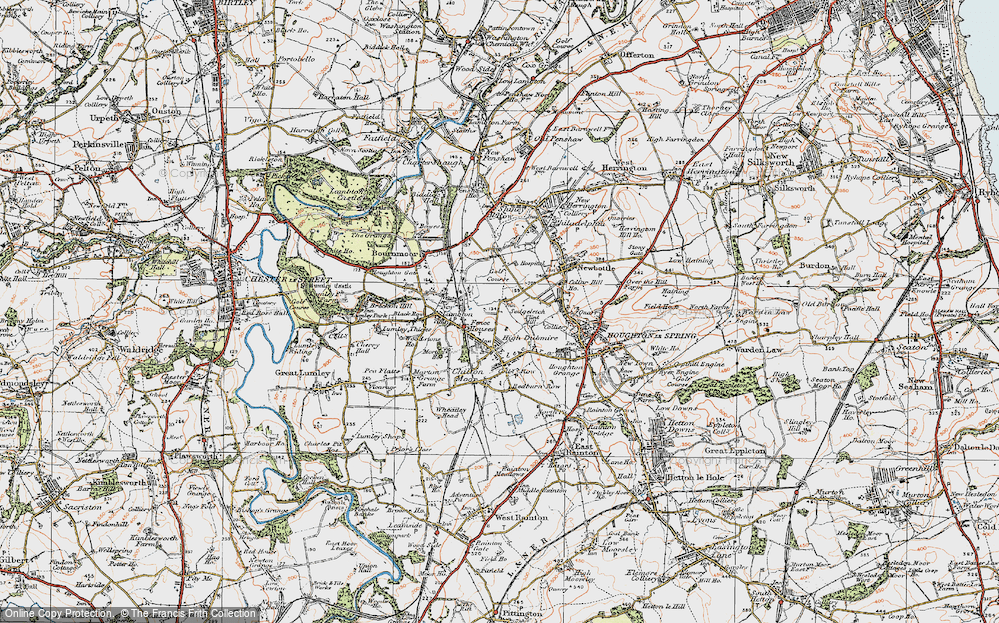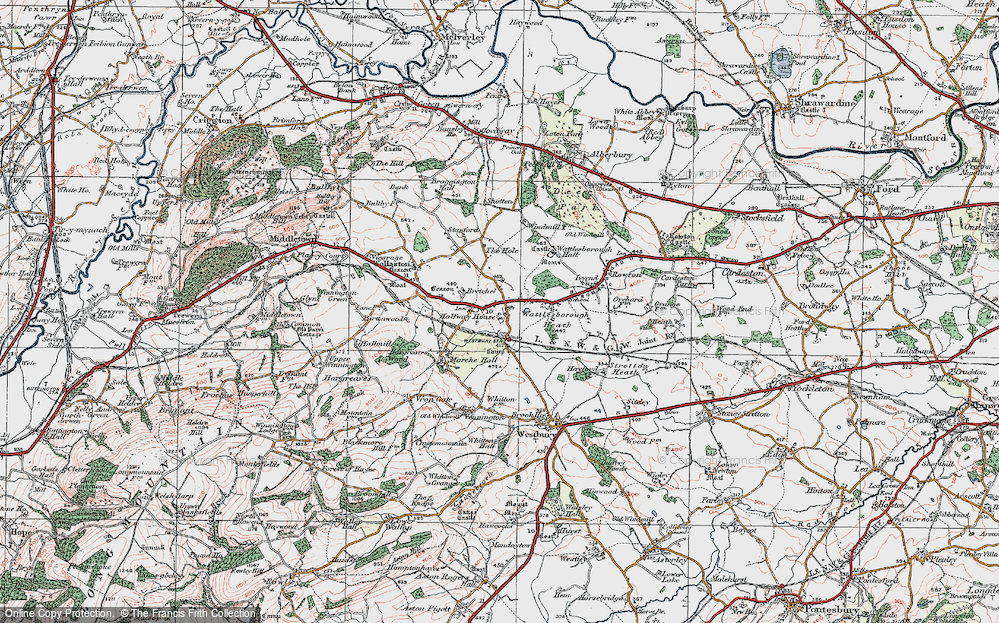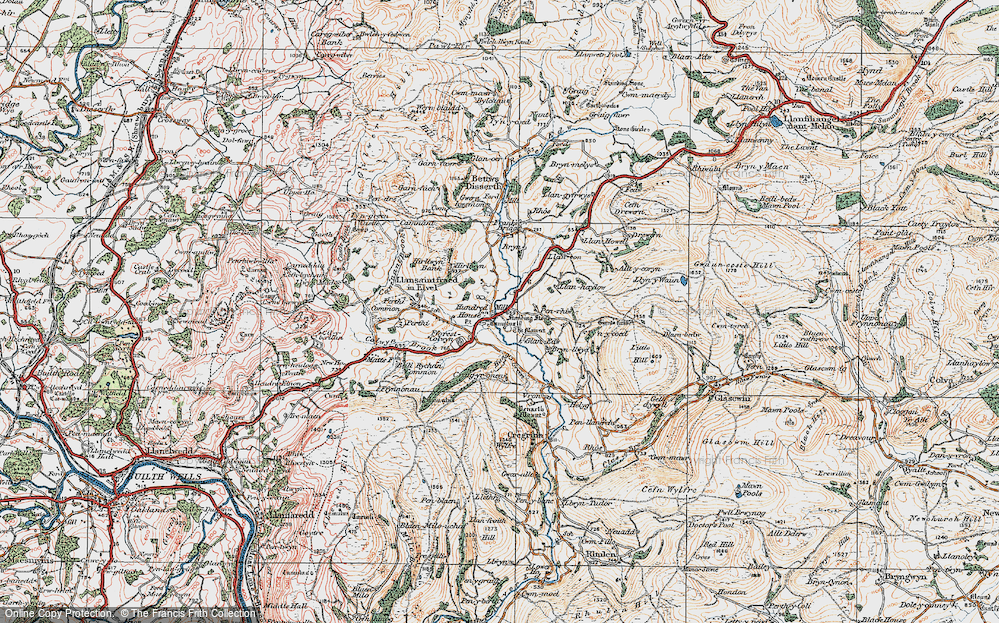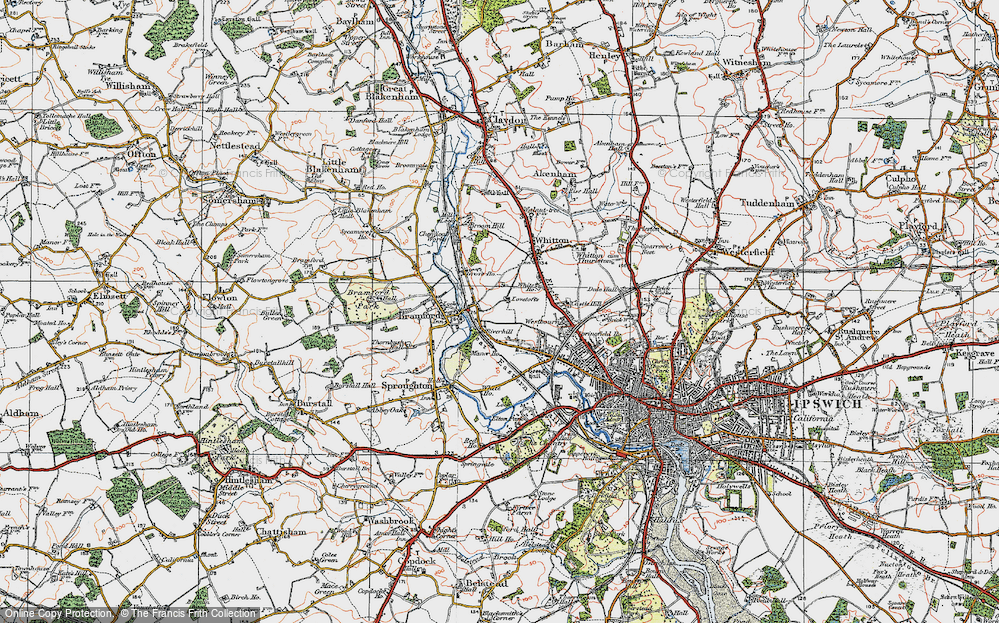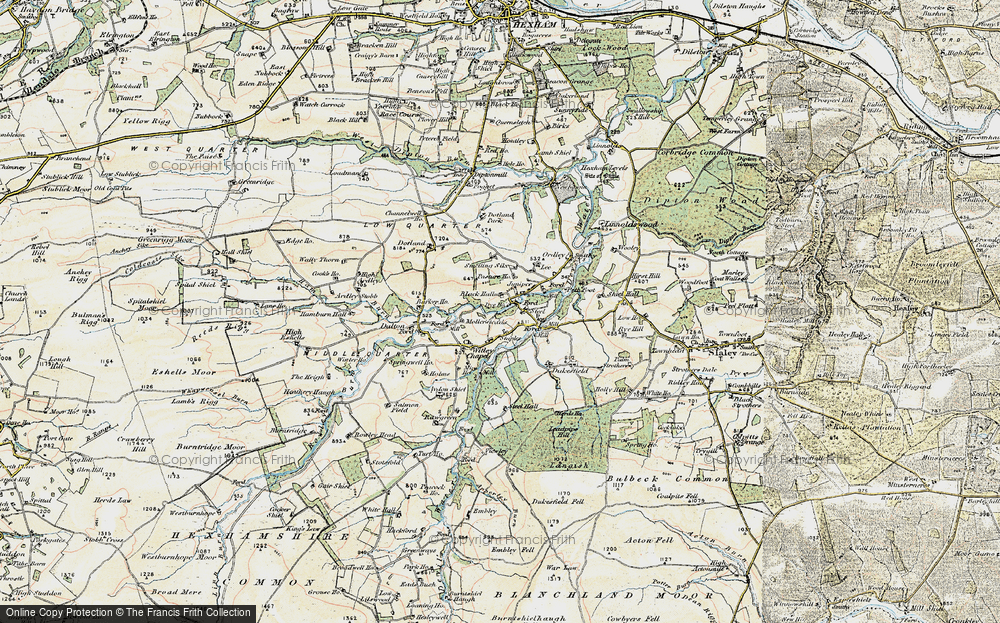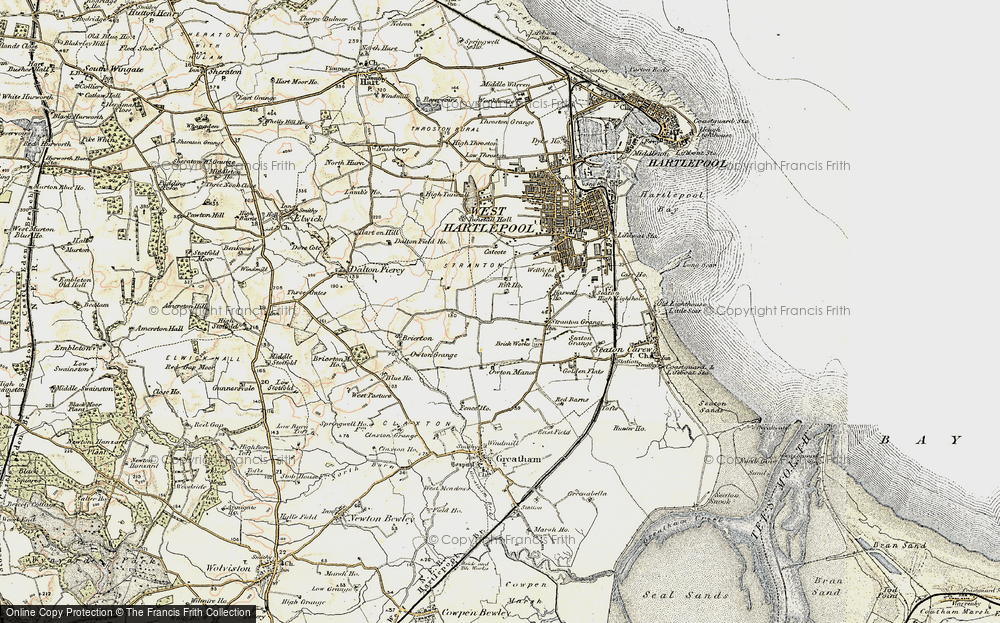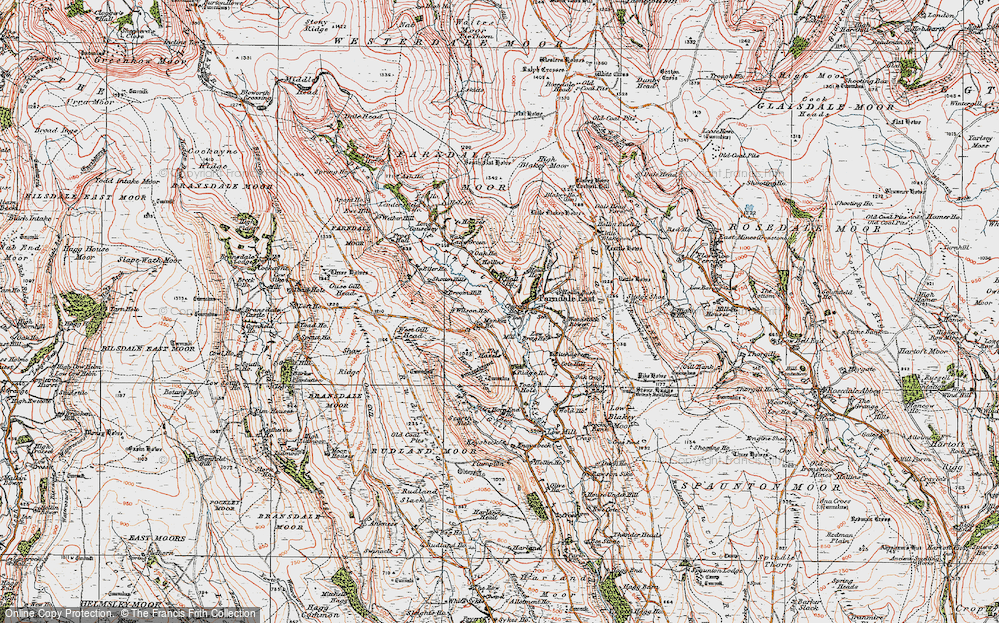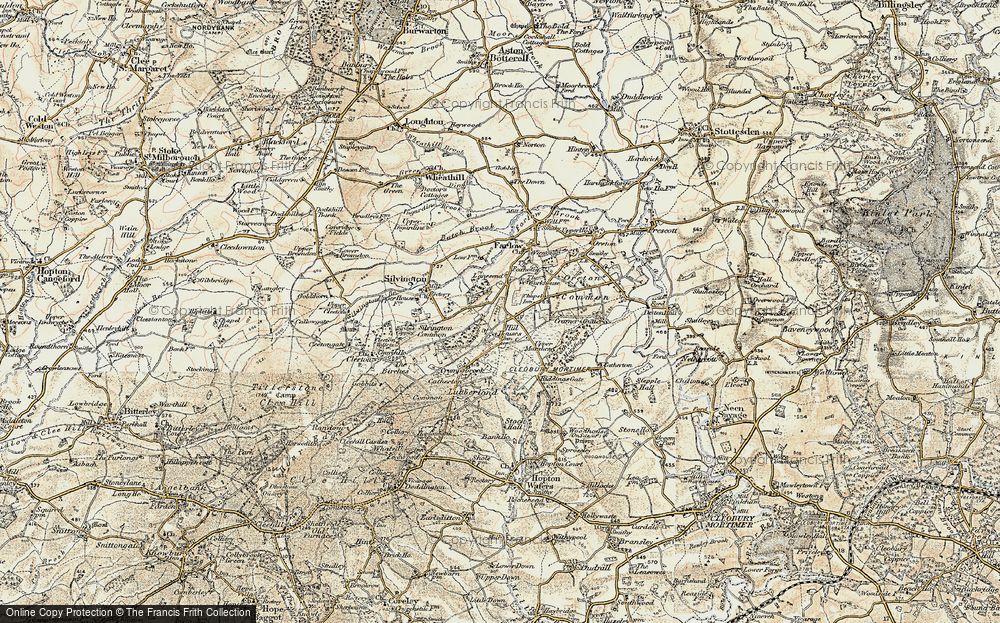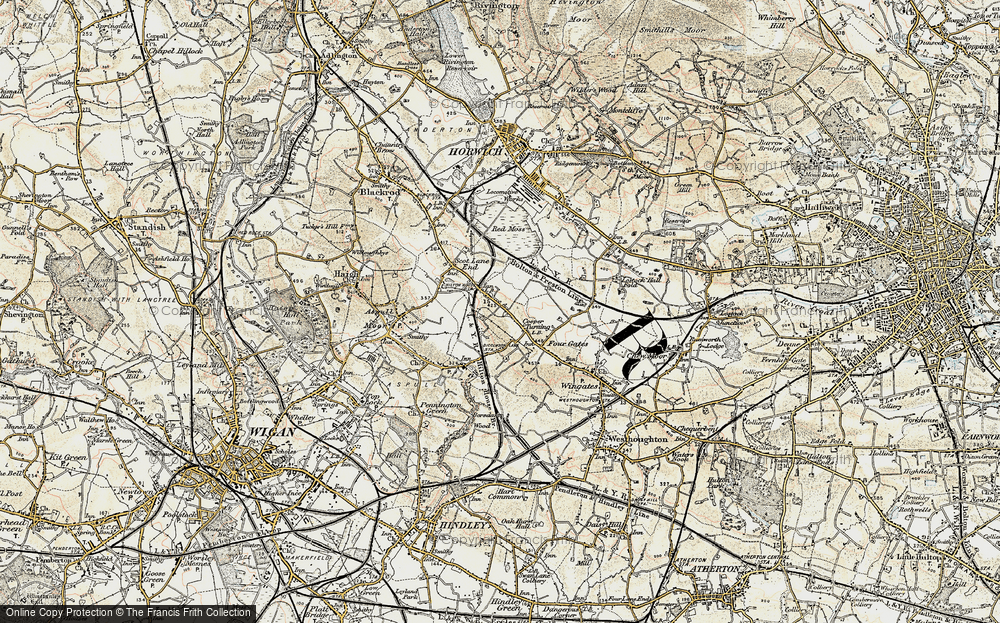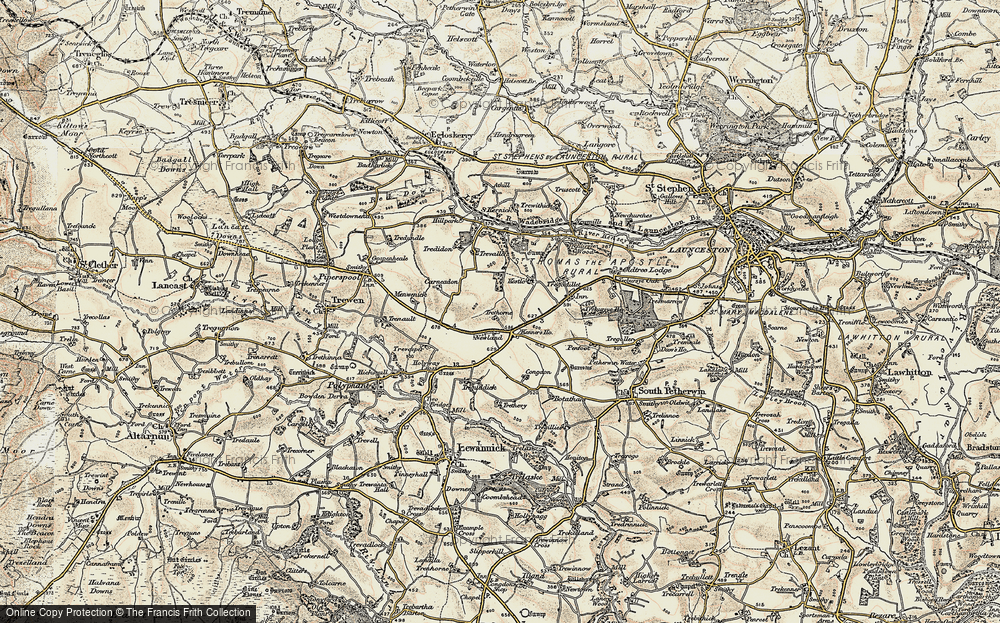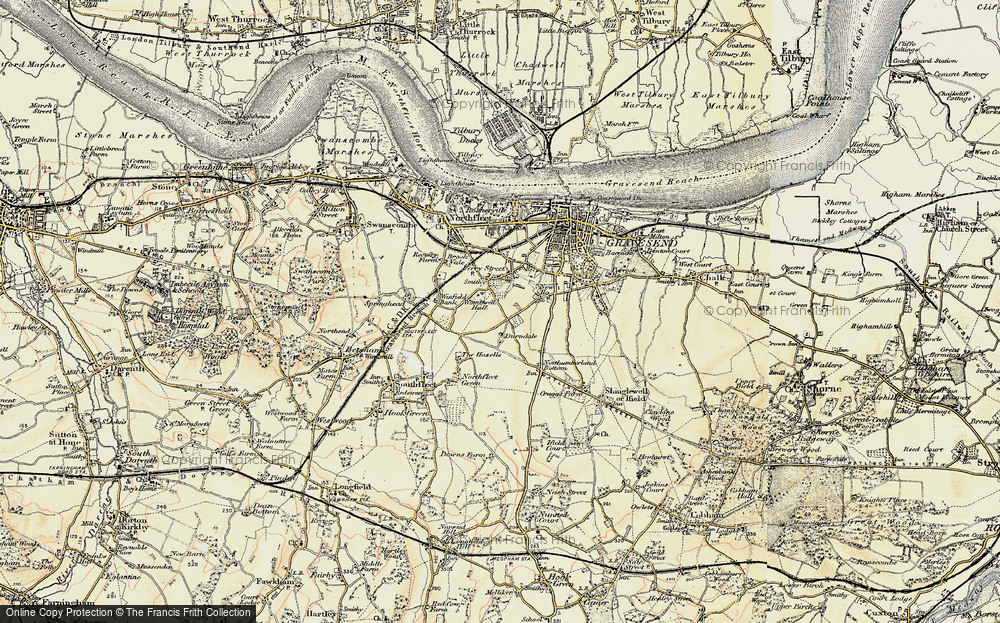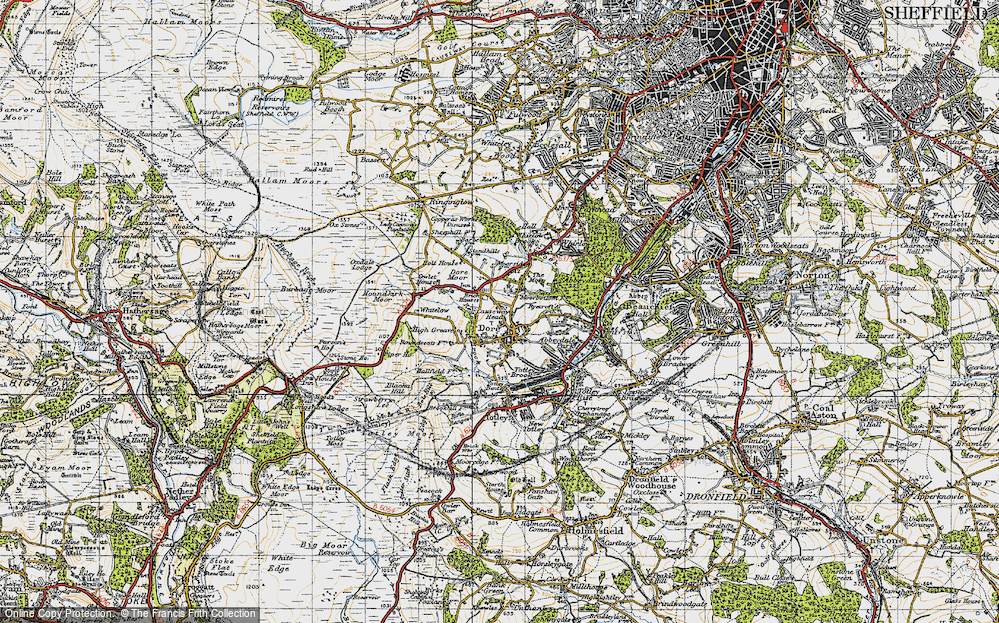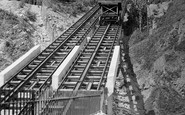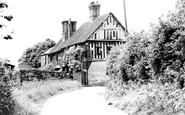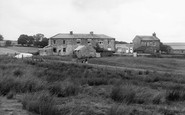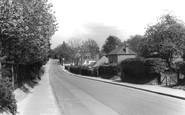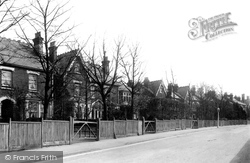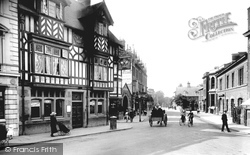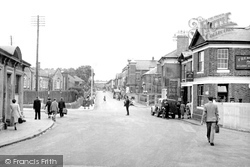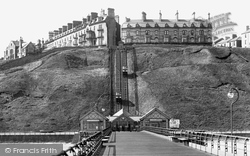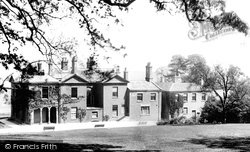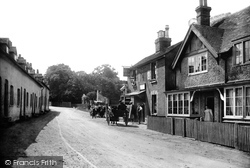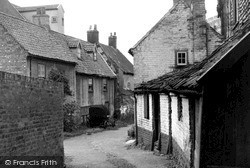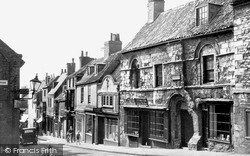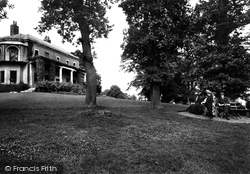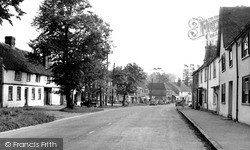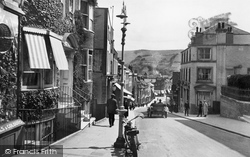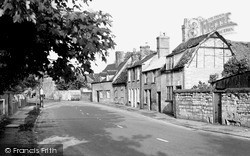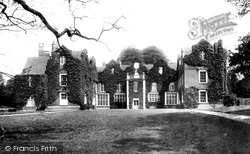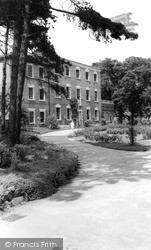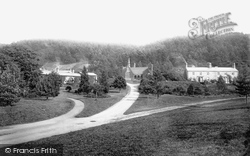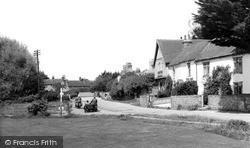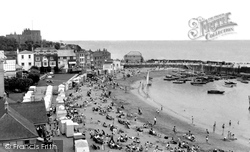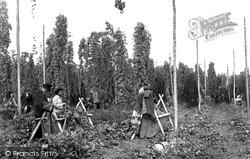Places
36 places found.
Those places high-lighted have photos. All locations may have maps, books and memories.
- Chatsworth House, Derbyshire
- Osborne House, Isle of Wight
- Brambletye House, Sussex
- Ickworth House, Suffolk
- Kingston Lacy House, Dorset
- Boscobel House, Shropshire
- Preshute House, Wiltshire
- Bolton Houses, Lancashire
- Brick Houses, Yorkshire
- Quaking Houses, Durham
- Water Houses, Yorkshire
- Bottom House, Staffordshire
- New House, Kent
- Mite Houses, Cumbria
- Lyneham House, Devon
- Church Houses, Yorkshire
- Dye House, Northumberland
- Spittal Houses, Yorkshire
- Street Houses, Yorkshire
- Tow House, Northumberland
- Halfway House, Shropshire
- Halfway Houses, Kent
- High Houses, Essex
- Flush House, Yorkshire
- White House, Suffolk
- Wood House, Lancashire
- Bank Houses, Lancashire
- Lower House, Cheshire
- Marsh Houses, Lancashire
- Chapel House, Lancashire
- Close House, Durham
- Guard House, Yorkshire
- Hundle Houses, Lincolnshire
- Hundred House, Powys
- Thorley Houses, Hertfordshire
- School House, Dorset
Photos
7,776 photos found. Showing results 141 to 160.
Maps
370 maps found.
Books
1 books found. Showing results 169 to 1.
Memories
10,360 memories found. Showing results 71 to 80.
Early Years Of My Life
I was born in 1936 in Shipley nursing home and we lived at 1 The Green, Micklethwaite until 1944. My father died in 1941 and my mother was left with me and brother John, surname Walker, to bring up on her own. ...Read more
A memory of Micklethwaite in 1930 by
Growing Up At Coombe Place
My family and I moved to a bungalow at Coombe Place in 1960. My father, Walter Motley, took up the post of farm manager on this 100 acre dairy farm with a herd of Jersey cattle. Coombe Place is set on the side of the South ...Read more
A memory of Offham in 1960 by
An Outing To Babbacombe Model Village
My wife Elizabeth and I went to Babbacombe on 1st April to give our granddaughter Anna a treat on her second birthday. We spent almost the whole day in Babbacombe Model Village which is close to the top of ...Read more
A memory of Babbacombe in 2008 by
Combe Florey Primary School
The village school in Combe Florey closed in about 1958 I believe, it exists as a private house now, but I can still remember the mile long walk to and from it, through the lanes every morning and afternoon. Mum ...Read more
A memory of Combe Florey in 1958 by
Doctors House And Surgery. (?)
This was where the Doctor moved to (I think) from High Street, Glanamman. Opposite this house was 'Show Sam', a picture house (cinema these days..). I spent time in there watching films from all over the world - and the ...Read more
A memory of Glanaman in 1947 by
I Lived Here
I lived at The Malt House, Claverdon in the early mid 1960s. It was owned at the time by Mr Jefferson who lived in a lovely new bungalow a little further away. I loved this house even if it was a bit unusual to live in. I went to ...Read more
A memory of Claverdon in 1964 by
Stanley Road, South Harrow
I lived with my foster family in Stanley Road South Harrow, during the war. Our house backed on to the gas works and I always wanted to climb the gasometer which I did eventually with a friend from across the road. At ...Read more
A memory of South Harrow in 1940 by
Our Home For 30+ Years
Mam and Dad, Lizzie and Edwin Ridley, moved into Slaghill (the cottage on the right of the picture) in 1948 when I was 3 years old. Dad died there in December 1978 and Mam moved up to Chapel Cottages soon afterwards. There ...Read more
A memory of Allenheads in 1948 by
New Home
Upton has many happy memories for me. I was only 15 years old at the time we moved to Upton from Aintree. I spent many happy times in Upton those days. I remember the village so well. And in particular The Stone House Bakery! Where my mum ...Read more
A memory of Upton in 1959 by
Claremont Aldershot Road
The house on the right hand side of this picture was called Claremont. We lived there in the early 60s. There were two cottages to the side. In one of those cottages lived a girl called Elizabeth Holland, she ...Read more
A memory of Church Crookham by
Your search returned a large number of results. Please try to refine your search further.
Captions
6,977 captions found. Showing results 169 to 192.
In this view, looking south just past the junction of Cavendish Road and Albion Road, the two large houses on the left remain, but flats and a close of small modern houses, Milestone Close
North Street was mainly residential in the early 20th century, with some splendid houses, including thatched cottages. They became derelict in the 1920s and were demolished in 1933.
Were it not for the public house on the right, this scene would be completely unrecognisable. The Kent Arms is now the Fat Fiddler public house.
The impressive edifices of Edward House and Alexandra House, (named after Edward and Alexandra, Prince and Princess of Wales, later Edward VII and Queen Alexandra) can be seen on the Marine
In 1890 the John Ruskin Museum relocated from a house at Walkley to Meersbrook House in Meersbrook Park.
The house on the right where the lady is standing is now called Ruskin House. But this view is very much changed.
In 1890 the John Ruskin Museum relocated from a house at Walkley to Meersbrook House in Meersbrook Park.
The building was designed by John Thomas (who had worked with Peto on the new Houses of Parliament) in the Jacobean style, incorporating the existing house.
This yard is typical of the long rows of houses and narrow roads built on the declivity towards the harbour in the town; many of the houses typically feature dormer windows in their roofs.
The Jew's House is another of Lincoln's surviving early medieval stone houses: the city has more than most.
These riverside houses have been replaced by the Albert Embankment, which was built between 1866 and 1870. To the left are the Lambeth potteries, which had operated since Elizabeth I's reign.
The park had focussed around Prospect Hill House, now known as The Mansion House, which after being a problem building for years is now a pub/restaurant with marvellous views south from its hilltop
Sturrick House, on the left, is an example, with its 18th-century rendered front concealing a 16th-century building, as does the stucco of the gabled house on the far right, Manor Farm House
The elegant lamp standard has gone, as have the sun blinds on the house on the left, while Howards House, the building on the right, has lost its top storey and the houses at the foot of the hill have
Mill Cottage is on the right, and the River Welland is at the other side of the house. The timbers of the upper storey have since been covered over by sandstone-coloured paint.
All along the Thames, and described powerfully by Charles Dickens, houses, inns and tenements tottered and decayed in places such as Deptford, Wapping and Shadwell.
In 1893 the house and park were offered for sale. The house was purchased and given to the town in 1895 by Felix Cobbold, on condition that the Corporation bought the park.
East of the Central Avenue/Bridgford Road junction is Bridgford Park; the house's extensive grounds are now a very popular public park.
This similar view of the village gives a closer impression of the mission house and the row of managers' houses (right).
17th- and 18th-century houses and cottages make Coxwold a delight to the eye.
West Wittering has some larger houses in residential areas that are ever expanding. The 11th-century church of St Peter and St Paul is heavily restored.
as Charles Dickens was concerned; he first visited here in 1837, and subsequently wrote 'Nicholas Nickleby', 'Barnaby Rudge', 'The Pickwick Papers' and 'The Old Curiosity Shop' while staying in rented houses
The unique oast houses are basically kilns, or ovens, where the piles of hops were dried on sacking laid over wooden slats, and heated by fires of anthracite mixed with sulphur.
The centre part of the house is Georgian.
Places (80)
Photos (7776)
Memories (10360)
Books (1)
Maps (370)


